Not sure? I’ll give you another shot.
How about this one…
I guess you’re starting to get the picture. There are no cars. Sure, drivers might pass through, but they don’t stick around: that’s because there’s no on-street parking. A simple reality, which explains why the streets in so many neighborhoods of Tokyo and other Japanese cities are a paradise for kids (and cats).
It's all about the shako shōmeisho. Since 1962, you’ve needed to have one of these permits, which proves you have a place to park off-street, before you can drive a car off a lot.
“It is almost unique to Japan,” writes Stephen Davis of New Zealand, in this very informative blog post. “In order to register a car, you ...need to provide proof to local police that you have somewhere to park it. If you had a garage, police would come to inspect it: the other main option was leasing a parking space from private off-street parking lot...only once this was done and you had your shako shōmeisho (literally, ‘garage certificate’) would you be allowed to take possession of the car."
In other words, if you own a vehicle in Japan, you better have a place of your own to put it. You can't be cluttering up the public realm.
Of course, people being people, many find ways around this! Light "kei" cars, which can actually be pretty big, can be sold without the proof-of-parking permit. (Technically, they still can't be parked on-street.) Others may have come to "arrangements" with local authorities.
In the three Tokyo neighborhoods I spent time in over a decade, though, the streets were refreshingly automobile-free—certainly compared to North America, where they become warehouses for private cars. The parking laws lead to some interesting arrangements; cars squeezed into tiny garages; car elevators; multi-storey lots where cars are stacked like battery hens.
In the United States, there are 1 billion parking spaces. Actually, as Harry Grabar points out in his engaging new book Paved Paradise, there might be 2 billion. Nobody’s ever been able to accurately count them all. (Thus, in Canada and the US, we’re looking at between 1.1 and 2.2 billion parking spaces.) At any one time, there are 500 million empty parking spaces in the US—for 330 million citizens. That adds up to a parking lot the size of Delaware and Rhode Island combined. According to Donald Shoup, the author of The High Cost of Free Parking, the annual taxpayer subsidy to “free parking” may be as high as $374 billion. In other words, we shell out an extravagant sum for the privilege of making our neighborhoods, towns, and cities unwalkable, undesirable, and, in some cases, virtually unlivable.
Japan makes cars. It exports cars. Tokyo, Honda, Nissan, Mazda—they built the economy of modern Japan. But car use in Japan is actually pretty low. There are lots of other options: bicycles, subways, buses, the world’s most impressive network of commuter trains and shinkansen. People who do own cars, and the spaces to park them, tend to use them on weekends and holidays, for pleasure trips out of the city. Not for day-to-day commuting.
The human density of cities like Tokyo is possible precisely because urban land isn’t consumed by parking spaces. This doesn’t lead to some hellish hive of scrabbling humanity, à la Paul Ehrlich’s Population Bomb. Instead, it creates some of the most pleasant, beauty-filled urban neighborhoods I’ve ever spent time in. “Much of Tokyo is a grand warren, a twisted tangle of alleys,” is how the great flâneur Donald Richie put it. “The Japanese, like the English, prefer the cozy, and consequently the streets of new Tokyo are as crooked and twisting” —and thus resistant to through-traffic— “as those of old London.”
When I think of the cities of Japan, the first thing that flashes into my head isn’t a crosswalk in Shibuya or Shinjuku, the standard image of the bustling Asian megalopolis. I think of peaceful neighborhoods where children play in the streets, laundry dries on bicycles, and cats can lounge in the middle of the road, without having to flee oncoming traffic. And these neighborhoods exist because Japan has made sure that cars—which rule the public realm in North America—aren’t allowed to ruin their cities.
Hope you’ve enjoyed these dispatches! I’m saving up for my next farecard, so if you want to keep this train going, please consider becoming a paid subscriber.



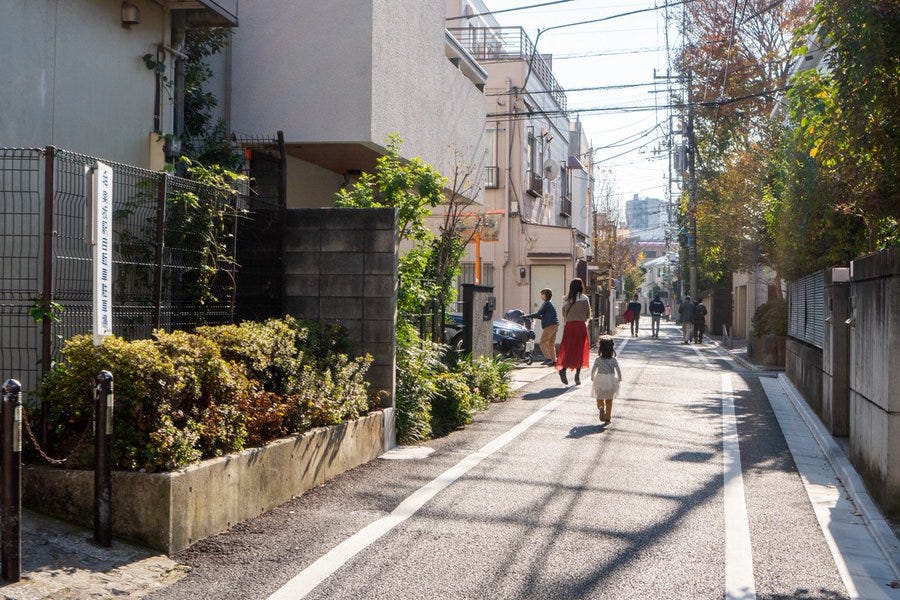
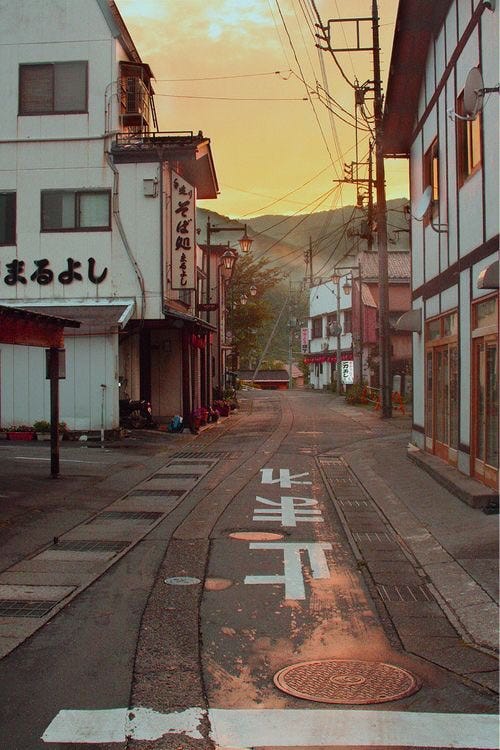
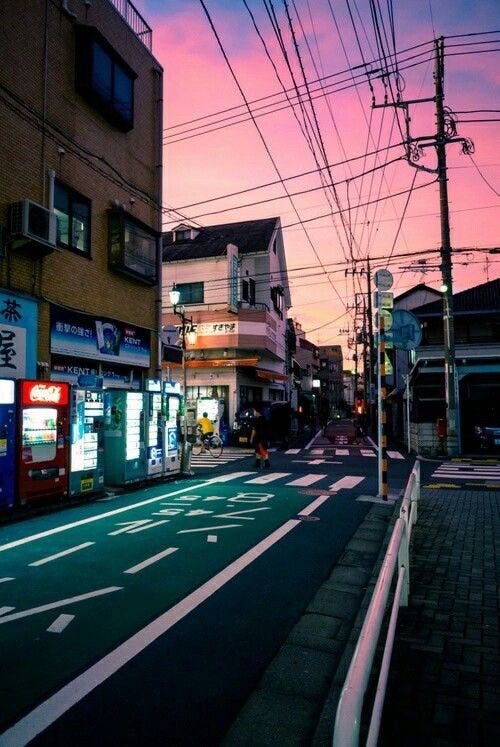

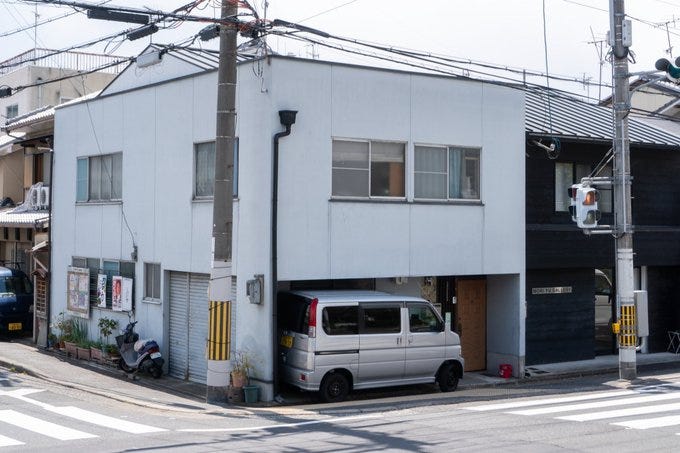
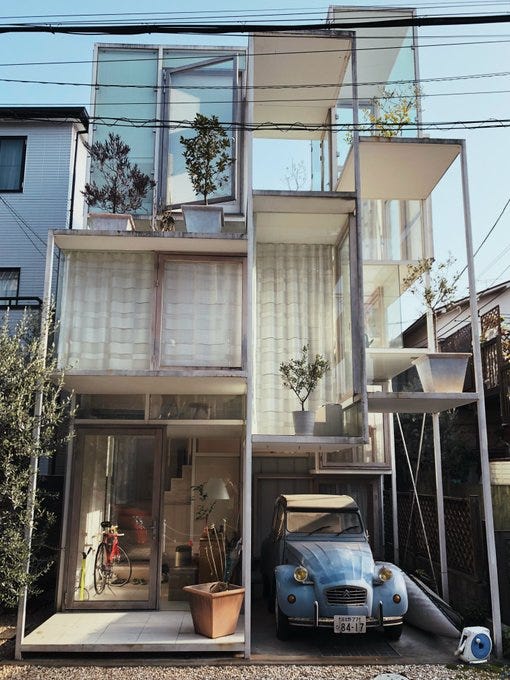
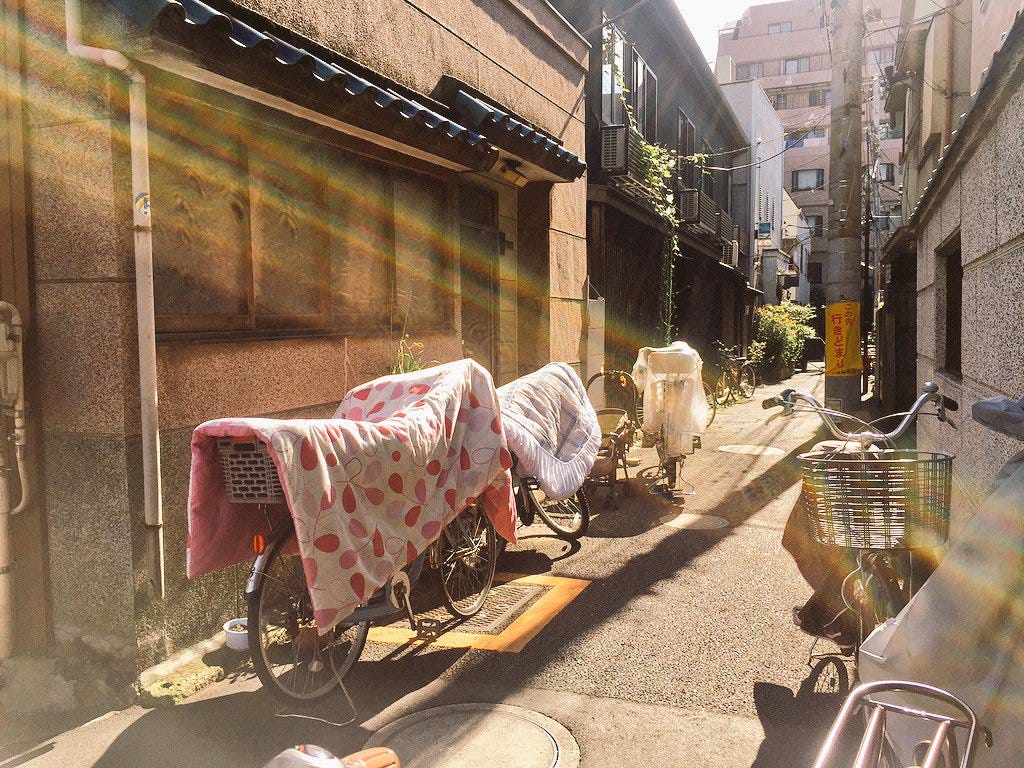
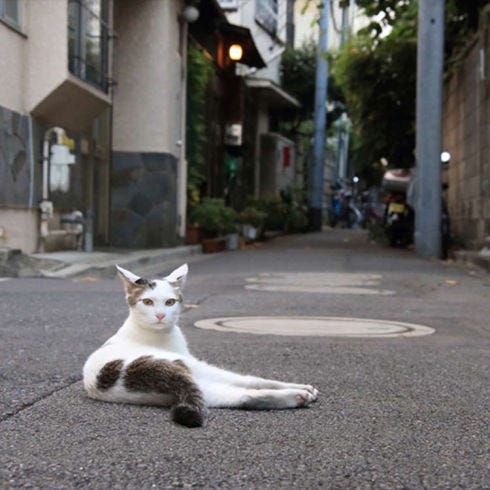
So true and well said. What years were you there? I lived in Japan for close to 5 years in the pre iMode, pre smartphone days of the 1990s.